Waterfalls are one of our planet’s most amazing natural features. Whether you’re witnessing the sheer power and enormity of waterfalls such as Jim Jim Falls, Victoria Falls, or Niagara Falls, or enjoying the charm and serenity of one of the smaller falls located all over the world, waterfalls have always held the human imagination captive.
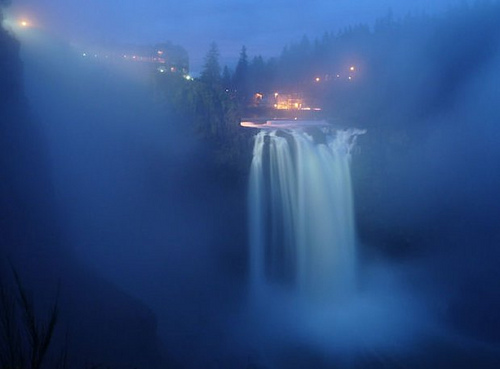
Image by joiseyshowaa, on Flickr
Capturing waterfalls photographically, however, has proven elusive for many who have tried. And, as we all know, an elusive subject can easily lead to frustration. I would suggest, though, that successfully photographing waterfalls is not so much defined by assessing a level of difficulty but, instead, comes about by knowing a handful of tricks and techniques that will help you get the job done.
What You Will Need
It’s possible that you’ve sought waterfall photography advice before and you were given gear-related recommendations that reached well beyond your means. The truth is that waterfall photography doesn’t really need to be any more expensive than any other genre of photography. A simple online search will reveal that there are people who have gotten good waterfall photos with pinhole cameras. No, this won’t be about lo-fi photography, but just be aware that you don’t need to spend a fortune to photograph a waterfall. Here are some basic gear recommendations.

Image by SF Brit, on Flickr
- A camera capable of shutter speeds longer than 1 second. Long shutter speeds are required to get that prized silky smooth effect to the flowing water.
- A wide angle zoom lens. This will maximize your compositional flexibility and efficiency, but a long lens, or any lens for that matter, will work.
- A sturdy tripod
- A polarizing filter. A circular polarizer is used to reduce glare and unwanted reflections from shiny surfaces; it will also cut down some of the light entering your lens, making it easier to lengthen exposure time.
Optional accessories:
- A remote shutter release, to serve as an added layer of protection against camera shake.
- A neutral density filter. This will block more light (varies according to strength of the filter) than a circular polarizer alone, making it possible to work in sunny conditions.
Where to Find Waterfalls
You don’t need to live in a particularly exotic place to find a waterfall. Likewise, you don’t necessarily have to travel to such places just to find a waterfall. Your area may not be littered with waterfalls, but if you do a little bit of research you should be able to find one relatively close to you. It may not match the majesty of Brazil’s Iguazu Falls, but something is better than nothing, right? Especially if it’s your first time shooting; start small so you’re not overwhelmed by the experience.
So how do you find out if there are any waterfalls near you?
- A waterfall guidebook/locator. There are both books and apps for this.
- A general travel/tourist guide will sometimes show waterfall locations.
- A visit to a national park. There are experts on hand who should be able to point you in the right direction.
- A Google search.
- A Flickr search.
Waterfalls are not in short supply; you just have to know where to look.
Now it’s time to start shooting.
1. Setup and Compose
As the old saying goes, haste makes waste. When you arrive at the waterfall, avoid the temptation to immediately begin clicking away. Take some time to absorb the scene; walk around the area, examine the waterfall from a number of different angles, study the surroundings.
Once you set up your camera and tripod, use the viewfinder to look at the scene from different angles and different positions. Consider the following before you shoot:
- Don’t compose a head-on shot; shoot at an angle to the waterfall.
- Include foreground elements to provide some depth and texture to the scene.
- If you use a telephoto zoom lens, focus on a specific area of the waterfall instead of trying to back up and frame the whole thing.
2. Attach and Adjust Your Filters
As alluded to above, you can use both a circular polarizer and a neutral density filter; if you only have one of the two filters, make sure it’s a polarizer.
Attach the polarizer to the front of your lens and, as you look through the viewfinder, rotate the filter until you see any reflections start to disappear. As an added bonus, you’ll notice that colors will also appear more saturated.

Image by why 137, on Flickr
The use of a neutral density filter is less crucial, but you may still find it comes in handy, especially if you’re working in the bright sun, as it decreases light entering your camera by several stops. A neutral density filter marked as ND4, for example, reduces light by two stops; this is typically considered ideal for waterfall photography since it allows you to slow your shutter speed to great effect without going overboard.
To illustrate this point, if your camera gives you an initial reading of 1/15 second and you then attached an ND4 filter, the subsequent reading would be 1/4 second.
Use filters at your own discretion.
3. Dial in Your Settings
There are no concrete rules about exact exposure settings; things can vary greatly from one environment to another, so you have to respond accordingly. The settings below represent a good starting point; try them out and make adjustments as needed:
- Shooting mode – Manual (M) will be the optimal shooting mode. Given the emphasis on shutter speed for waterfalls, you might attempt to work in shutter priority (Tv); if so, you’ll quickly find that the camera won’t always choose the best depth of field. Waterfall photography is yet another example of when it is best to not let your camera make too many decisions for you. Shooting in manual will likely turn out to be easier than you previously thought.
- Aperture – Use a small aperture; f/16 is a good place to start. A small aperture lets in less light, thus allowing for longer shutter speeds, and helps keep everything in clear focus due to increased depth of field. You should avoid the minimum aperture (f/22 to f/32 on most lenses), as a type of distortion known as diffraction usually sets in at that point.
- Shutter speed – Again, beautiful waterfall photography leans heavily on the use of a slow shutter speed. Finding precisely which shutter speed gives the effect you’re looking for requires some trial and error, but 2 seconds is a reasonable starting point. You may, however, find yourself using shutter speeds up to 30 seconds — perhaps longer.
- ISO – Use the lowest ISO setting available on your camera. The benefits are threefold: less noise, more dynamic range, and longer shutter speed (the lower the ISO, the less sensitive the sensor is to light).
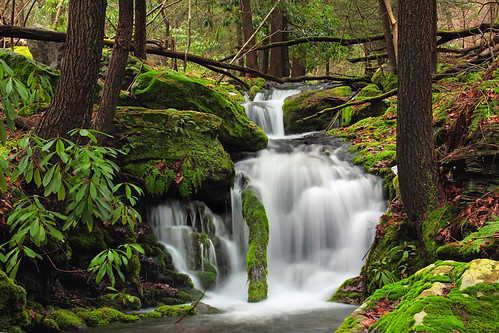
Image by Nicholas_T, on Flickr
4. Take the Shot
Now comes the easy part: press and release the shutter button.
Before you call it a day, take a good look at each image you’ve captured on your camera’s LCD screen. Make sure you’re happy with the framing and composition and overall exposure. Also examine the histogram, looking for problems in both shadows and highlights. If your photo is showing significant loss of detail in the shadows, try the shot again at a slower shutter speed. Conversely, loss of highlight detail (blown out areas) suggests that you should reshoot with a faster shutter speed.
If your shutter speed is proving too fast to get that smooth look to the water and your other exposure settings are all where they should be (small aperture, low ISO), then this is the perfect time to use a neutral density filter.
5. Finishing Touches
As I’ve said before, post-processing is a highly subjective process. It’s your image, you’re free to do what you want with it. Of course, you will probably want to apply some sharpening, increase contrast and perhaps color saturation, all in an effort to maximize the beauty of the scene.

Image by Elliotphotos, on Flickr
Something to keep in mind is that even with a nicely exposed shot, you’re likely to get a small area or two of blown out highlights. There’s no need to retake the shot in such an instance, just use one of the many options and techniques available in your post processing software to fix problem areas (the “burn” tool, for example).
One Final Tip
Weather conditions are something you obviously can’t control, but they can have a notable impact on your photography. When shooting waterfalls, diffused lighting is ideal. So if you can wait for a relatively overcast day to do your waterfall photography, you will get the best results. Otherwise, shooting around the times of sunrise or sunset are good choices.
Conclusion
Chase all the waterfalls your heart desires; revisit them as often as possible, making a point of correcting mistakes you made previously, or capturing angles you didn’t try the time before. You will be an expert before you know it!


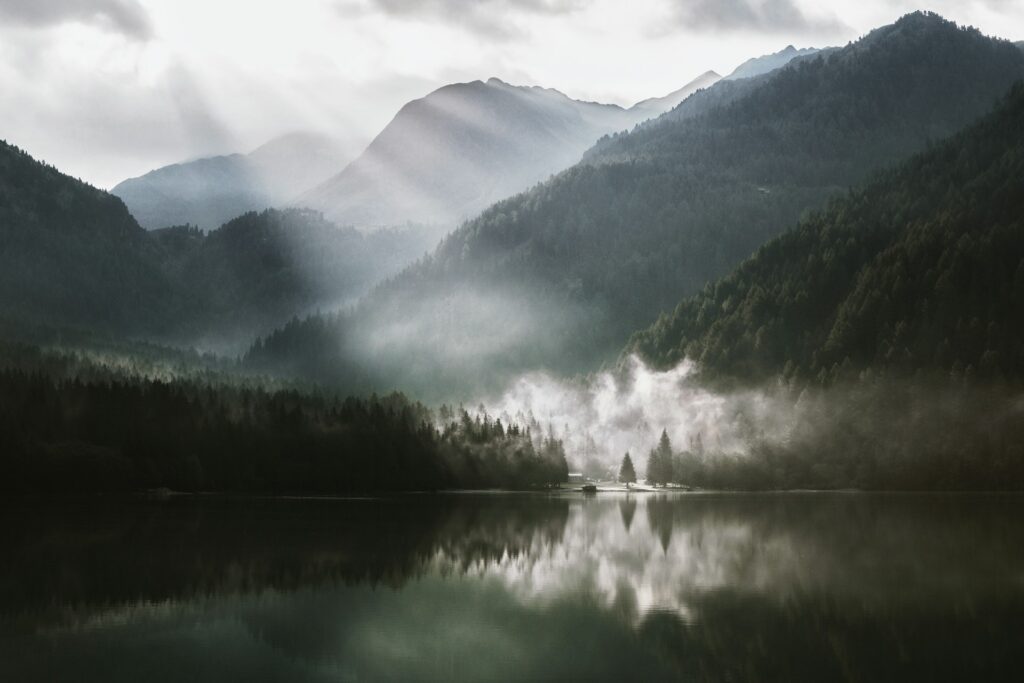
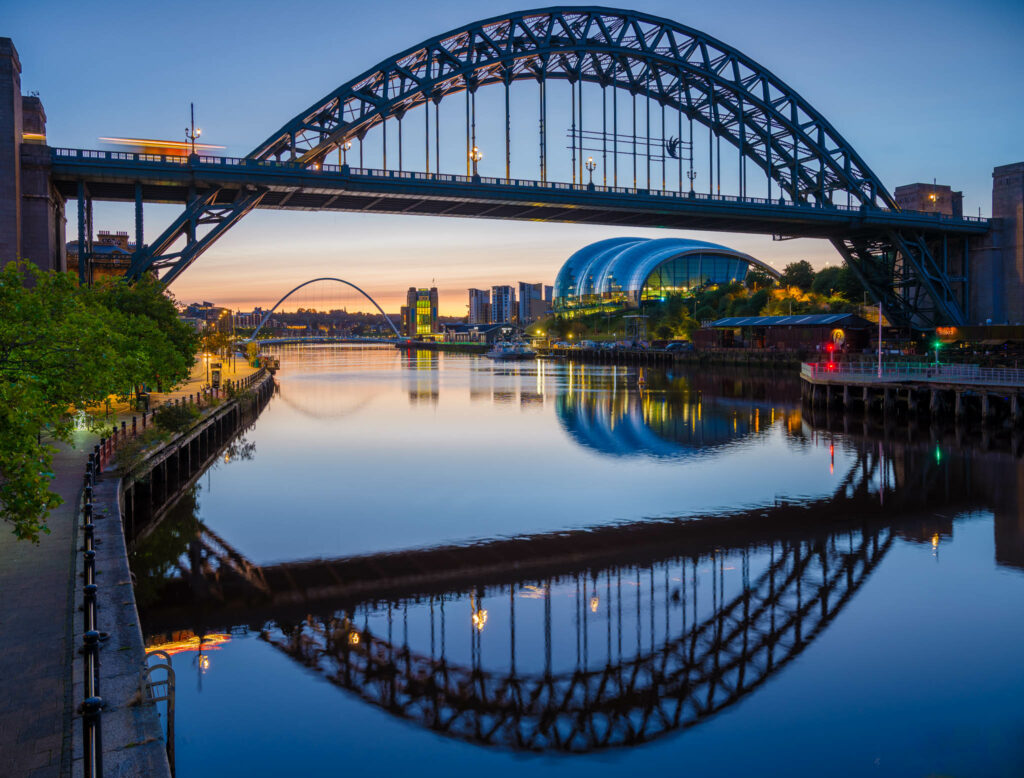
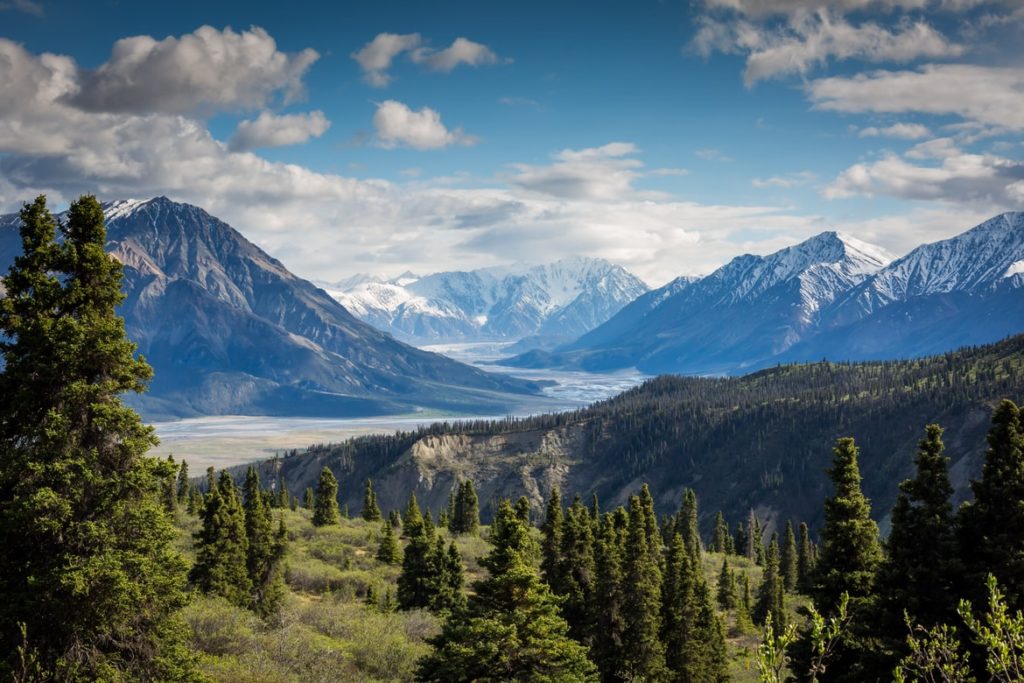
2 Comments
Excellent
A tip I often give my workshop clients is don’t forget to try shooting with your camera in the portrait, or vertical, orientation. This works wonders for tall or narrow waterfalls or when you want to use a lot of the stream or river below the falls as a leading line in towards the waterfall.